How Airlines Schedule Flights: Factors You Never Knew
Scheduling flights is much more than setting a departure time and destination. Airlines, including Delta Air Lines, Emirates, and Singapore Airlines, use sophisticated software such as Airline Schedule Planning and Flight Schedule Planning to schedule their schedules. While they utilize software, they must also consider numerous other factors, including passenger patterns (which vary from day to day or by the time of year), aircraft availability, weather forecasts, slot restrictions at airports, and more.
Historical data is also examined for each route to predict future trends based on current data, and to help reduce the potential for future delays while increasing efficiency. This entire process enables them to inform the traveling public about their flights, whether they are running on time, if delays occur, or if a flight is occasionally cancelled.
How do Airlines Regularly Schedule Flights?
A matrix called “Airline Scheduled Planning” is used by airlines to plan flights. To use this, they enter past information about specific phrases for each district route on a particular day. The program suggests a precise flight time after examining these terms.
Below is a list of some of these terms:
Departure Time:
When a flight leaves the boarding gates at the appointed time, that is the departure time.
Arrival time:
In essence, the moment an airplane reaches the boarding gates is the arrival time. The runway landing time is not the same as this.
Block Time:
The block time is the amount of time that passes between the arrival and departure times.
What Elements are Important to Airlines When Scheduling Flights?
Let’s explore how airlines schedule flights & which factors are considered. The schedule of connecting flights is one of the key factors that airlines consider when scheduling flights. Airlines determine the departure time for their flights by calculating the arrival time of the connecting aircraft at the other airport.
When planning flights, other considerations are taken into account:
Airport
Airport passenger volume affects an airline’s scheduled flight. To ensure consistency, several airports provide airlines with a window of 30 to 60 minutes to run flights.
Additionally, the following elements of the airport’s infrastructure are considered for this:
- Boarding gate count
- Runways in use
- The existence of the airport’s existing situation
Return or turnaround time
The amount of time a carrier needs to unload an aircraft upon arrival and prepare it for departure again is known as the return or turnaround time.
Within this time frame is the time required to change the crew. Airlines must also verify whether the replacement crew will be arriving at the airport. As a result, a particular carrier can schedule additional flights.
Flight Route
Other aspects that influence air travel scheduling include the congestion level on a route and the trip length on the route. Furthermore, for routes that are heavily travelled, operators may opt to operate flights during the off-peak.
Brand Value and Itinerary
The market value of an airline’s brand determines the itinerary of a flight. Accordingly, airlines aim to plan their flights to minimize airport traffic bottlenecks and draw in more travelers.
Type of Destination
Operators make an effort to plan their flight schedules based on the purpose of passengers’ trips to specific areas. They do this by scheduling flights from popular holiday destinations during the late morning or afternoon. They do this to maximize the amount of downtime that fliers have.
Unexpected Situations
The airline’s Schedule Planning Team sets flight schedules months in advance. Unexpected events, like bad weather or runway work, could happen during that time, though. The same may affect when a flight is scheduled to arrive or depart.
Because of this, most airlines either hire flight dispatchers who operate out of the system operations center or use a separate team of employees. Their primary duty is to adjust timetables to account for unforeseen events instantly.
Essential Elements of the Process for Airline Schedule Planning
Creating a timetable that strikes a balance between the airline’s operational requirements, passenger demand, legal restrictions, and profitability targets is a complex process known as airline scheduling. How airlines schedule flights & which factors are considered are given below:
Scheduling Aircraft: Assigning Aircraft to Particular Flights
When assigning an aircraft to a specific trip, an airline needs to take into consideration various factors such as:
- Aircraft availability: Airlines will assess their queries to ensure sufficient aircraft are available to operate the routes they plan to serve.
- Maintenance needs: Airlines will schedule aircraft for scheduled maintenance to minimize disruptions to their schedules.
- Aircraft use: Airlines operate their aircraft at limits of utilization to minimize costs and optimize revenues.
- Fleet management: Airlines manage their aircraft fleet to ensure that the correct aircraft are assigned to the proper routes.
Crew Scheduling: Assigning Personnel to Particular Flights
To ensure compliance with regulatory standards, airlines must schedule their crew members to operate their planned flights. These requirements include:
- Rest periods: To prevent fatigue, airlines ensure that crew members have sufficient time to rest.
- Duty restrictions: To prevent burnout, airlines ensure that crew members don’t exceed their duty limits.
- Requirements for training: Airlines make sure that crew members are adequately trained to operate the aircraft and its equipment.
- Crew rotation: To maintain a balanced schedule and lessen tiredness, airlines rotate their crew members.
Airport Slot Management: Overseeing the Distribution of Airport Slots
To ensure they have sufficient slots to operate their scheduled flights, airlines must manage the allocation of airport slots. This includes:
- Slot distribution: Airlines assign slots to specific flights depending on the variables of competition and demand.
- Slot trading: Airlines and other stakeholders exchange slots with one another to maximize their schedules.
- Slot optimization: Airlines optimize their slot assignments in an effort to minimize delays and cancellations.
- Airport Slot Management: Airlines manage their airport slots for the purpose of compliance.
Setting Up Ground Handling Services: Ground Handling Services
For their planned flights to be supported, airlines must set up ground handling services, including food and luggage handling. This includes:
- Baggage handling: Airlines supplement their on-the-ground baggage handling services to ensure that passenger baggage is handled correctly.
- Catering: Airlines rely on caterers, who provide food and beverages to passengers.
- Ground transport: Airlines provide ground transport for passengers and crew to ensure continuity to and from the airport.
- Optimize ground handling: Airlines optimize ground handling offers to reduce costs and increase efficiency.
Code Sharing and Interlining: Handling Agreements for Code Sharing and Interlining
Airlines can have interlining and code-sharing agreements with other airlines, which require careful scheduling to ensure efficient baggage handling and connections. This includes:
- Code-sharing agreements: Airlines enter into code-sharing agreements with other airlines to expand their route network.
- Interlining agreements: Airlines enter into interlining contracts with other airlines to facilitate connections for customers and to handle baggage between airlines.
- Scheduling coordination: Coordination of schedules with partner airlines for connections and bags from other airlines to ensure as smooth connections as possible.
- Revenue management: Airlines can control revenue from code-sharing agreements and interlining agreements to maximize profit.
Final Thoughts
How Airlines Schedule Flights & Which Factors Are Considered? Airlines typically utilize specialized software to plan hundreds of flights. This should allow you to choose, within the confines of your constraints, your arrival, departure, and block times. And while there are elements to consider, for example, what you will ultimately make changes to depending on their ramifications, they are crucial elements to account for. The practical and complex task of airline planning requires careful consideration of several key characteristics, including passenger demand, operating restrictions and limitations, as well as relevant regulations.
Airlines plan and schedule, and optimize those schedules using a variety of techniques and technology, and must continually monitor and amend those schedules based on changing operational circumstances and dynamics. A precise knowledge of the scheduling planning process will enable airlines to enhance profitability, customer satisfaction, and operational effectiveness.
Related FAQs
Strategic and tactical choices, along with traffic projections that account for fluctuations in demand, form the basis of the design. The frequency assignment determines the number of flights available to each pair of origins and destinations.
Scheduled flights are unique in that they include the following features: frequency, itinerary, pricing, and a public and set timetable. Anybody can access it at any moment.
Flight timetables are dynamic and frequently change due to operating requirements, varying passenger demand, unpredictable weather, or airport constraints. Although these changes can be irritating, understanding why they are made will help you prepare for your trip.
Affordability: Since passengers split the costs, this is a cost-effective choice.
Regular Availability: Convenience is ensured by frequent flights to several locations.
Public Access: As long as there are tickets available, anyone can reserve a seat.
The primary duty of a flight operations manager is to do this. They manage flight scheduling, monitor flight performance, and ensure that every flight departs on time.
Latest Blogs

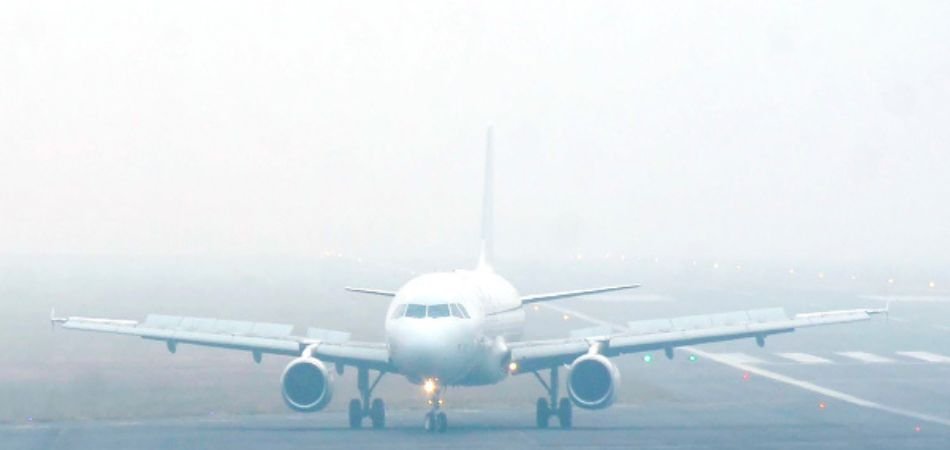

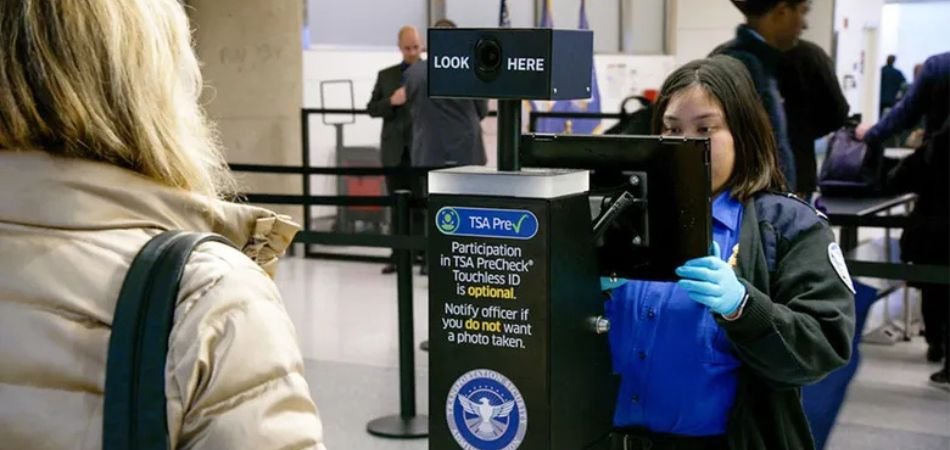


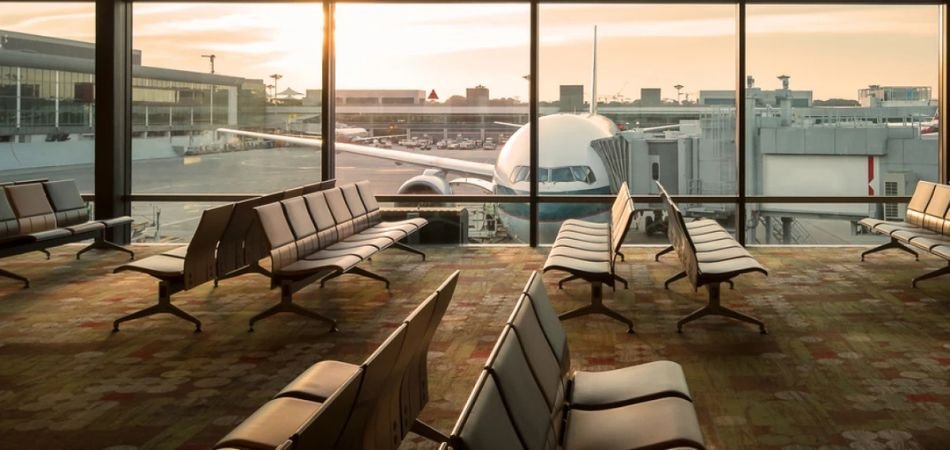

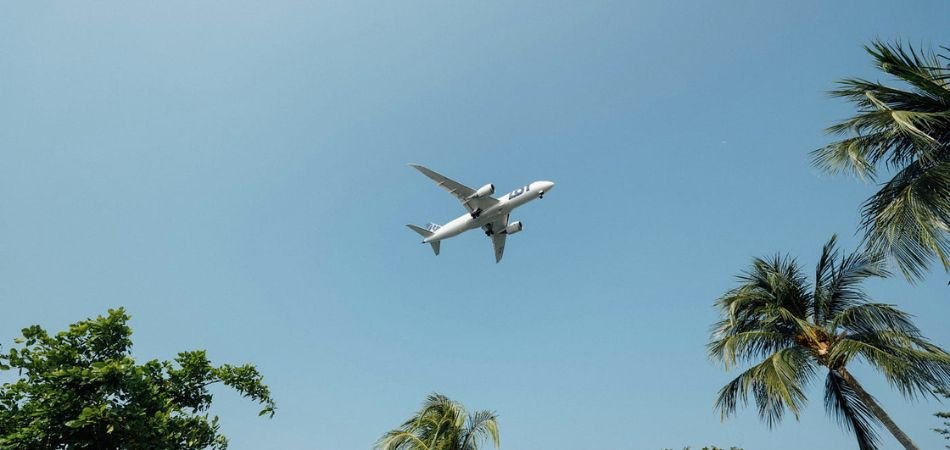
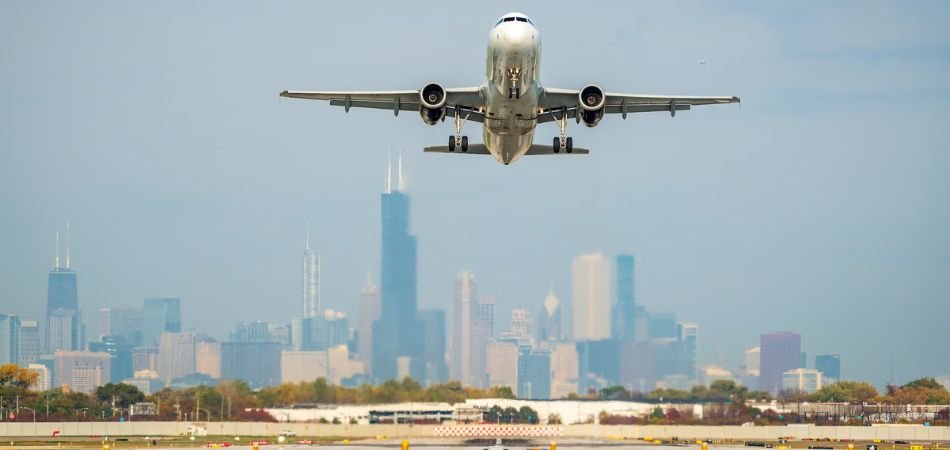

Leave a Reply